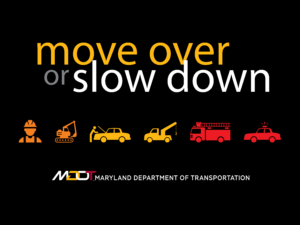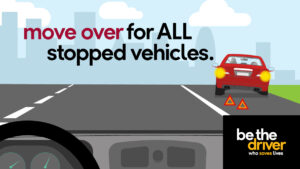Emergency vehicles, such as ambulances, fire trucks, or police cars. These vehicles play an essential role in keeping communities safe, and knowing how to navigate around them safely ensures they can arrive at an emergency to help someone in need.
Maryland law requires drivers to pull over to the right side of the road and stop, allowing the emergency vehicle to pass safely. This simple action helps ensure the swift arrival of first responders to emergencies and promotes safety for everyone on the road, including you and your passengers.
Failing to yield to emergency vehicles can have serious consequences. In Maryland, noncompliance with laws regarding emergency vehicles may result in fines and points on your driving record, which could negatively impact your auto insurance premiums.
Beyond legal repercussions, it’s crucial to remember that first responders are often rushing to save lives. Pulling over and stopping promptly helps create a clear path for them, significantly improving their response times, which may help save a life.
Always stay alert. Emergency vehicles may appear suddenly. Be prepared to react quickly to ensure the safety of those around you. Remember you are not the only driver on the road that needs to follow these laws, leaving room for other drivers to pull over to the side of the road will help keep everyone safe.
Safety is a shared responsibility. As a driver, you not only have to think about your own passengers but also about how your actions impact the emergency responders trying to do their jobs. After yielding, remain vigilant. Watch for additional emergency vehicles that may follow, and do not block intersections.
The “Move Over Law” requires drivers to change lanes or slow down when approaching stationary emergency vehicles with flashing lights, such as police cars, ambulances, and fire trucks. This law was amended on October 1, 2022, to include any vehicle pulled to the side of the road. It was implemented to ensure the safety of first responders and is a critical practice in preventing accidents on the road.
By prioritizing safety and following these driving rules, you contribute to a safer environment for everyone, allowing first responders to carry out their critical work with less delay and distraction. Remember, being a responsible driver means understanding the importance of cooperation in emergency situations.





